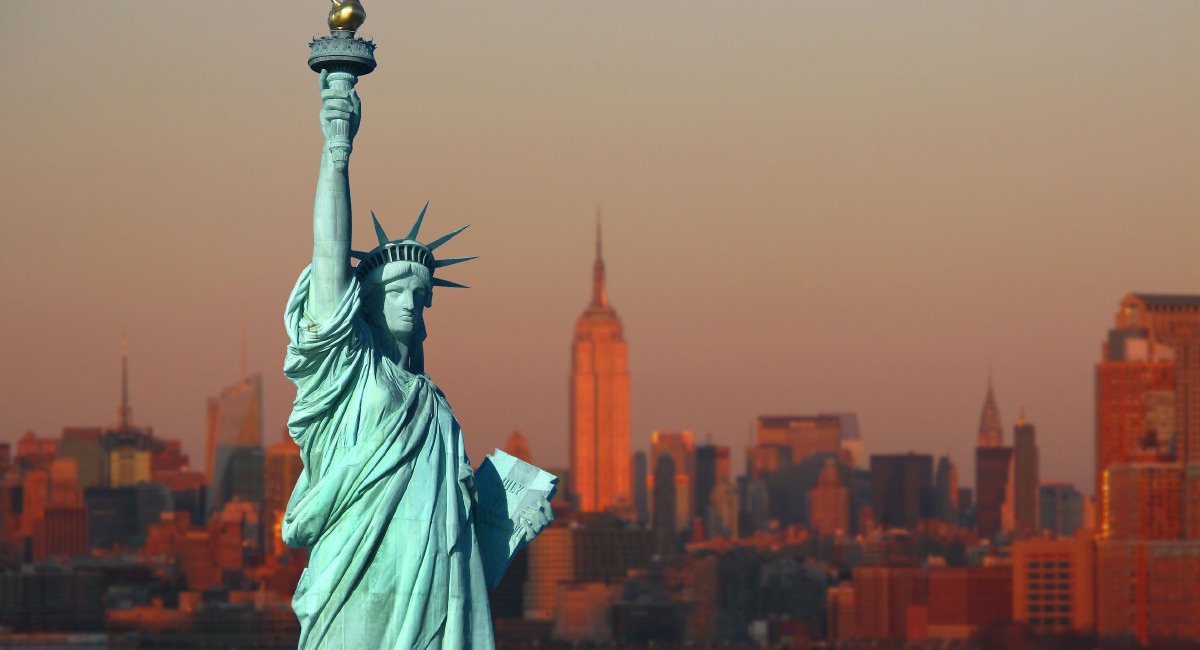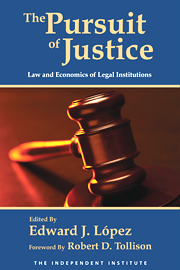People have struggled with how best to deal with poverty since the earliest societies, but the answer is apparent if we merely look to history.
From the Renaissance to the Industrial Revolution to modern times, poverty has been most radically and rapidly alleviated whenever people are free to work in an occupation of their choosing, keep the fruits of their labors, acquire and maintain private property, and rely on a stable legal system to protect their personal and economic freedoms.
In recent decades, this age of relatively free enterprise and global trade has resulted in an unprecedented reduction in poverty.
This may come as a surprise to many who have heard the narrative, popular in the media and certain circles of academia, which claims that not only are the rich getting richer, but the poor are getting poorer.
Indeed, when a survey by Hans Rosling for Gapminder asked people whether the portion of the world’s population living in extreme poverty had a) almost doubled, b) stayed about the same, or c) almost halved over the last 20 years, only 5 percent of Americans correctly answered that it had been virtually cut in half.
According to World Bank estimates, the portion of those living in extreme poverty, defined as living on less than $1.90 a day, has steadily declined from 36 percent in 1990 to 10 percent by 2015 (and an estimated 8.6 percent in 2018)—the lowest level in recorded history.
In all, 1.1 billion people rose out of extreme poverty in just a quarter-century—a tremendous achievement!
Moreover, 80 percent of those who remain in extreme poverty are concentrated in Sub-Saharan Africa and South Asia, primarily in countries typified by war, corruption and a lack of economic liberty.
These results are bolstered by various freedom indexes, such as the Fraser Institute’s annual Economic Freedom of the World (or its Human Freedom Index, which includes measures of personal freedom in addition to economic freedom).
Such studies consistently show an incredibly strong correlation between nations that offer greater economic and personal freedom and desirable traits like higher per-capita income and economic growth, lower levels of poverty, greater life expectancy, lower infant mortality rates, greater equality between the genders and generally higher levels of happiness.So while many focus on the next government program that they are sure will be the silver bullet to alleviate poverty, the best solution is to simply create the conditions that allow people to thrive by eliminating government laws and regulations that exacerbate poverty by restricting economic and personal liberties.









